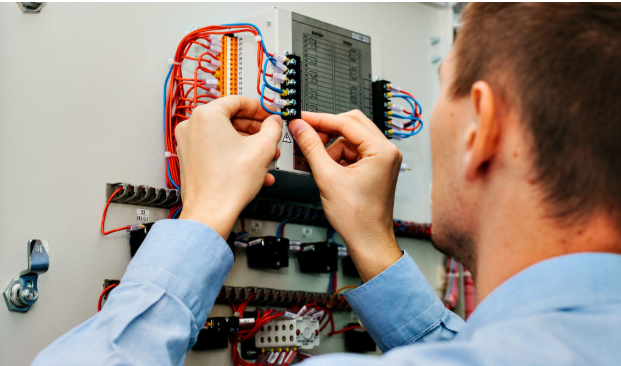3D Printing is a rapidly advancing manufacturing technology with several advantages over traditional manufacturing techniques, thus making it the future of manufacturing! Let’s look at a few advantages of 3D Printing over traditional manufacturing techniques. First, because 3D Printing is a computerized process, it allows for the design and Printing of more complex designs than traditional manufacturing processes. More traditional processes have design restrictions that no longer apply to 3D Printing. Secondly, 3D Printing can manufacture parts within hours, which speeds up the prototyping process and allows for each stage to complete faster. Compared to traditional prototypes, 3D Printing is inexpensive and faster at manufacturing parts as the part can be easily finished in hours, allowing each design modification to be completed at a much more efficient rate. Lastly, print on demand is another advantage as it doesn’t need much space to stock inventory, unlike traditional manufacturing processes; thus, it saves space and costs as there is no need to print in bulk unless required.
As a manufacturing technique, 3D Printing requires raw material to create objects. 3D printing filament is the raw material for 3D printers. But what exactly is a filament for a 3D printer? 3D printing filament is the thermoplastic (plastic polymer material that becomes pliable or moldable at a certain elevated temperature and solidifies upon cooling) feedstock for fused deposition modeling 3D printers. Many filaments are available with different properties, requiring different temperatures to print.
How is 3D printing filament produced?
The creation of 3D printer filaments is through the process of heating, extruding, and cooling plastic to transform nurdles into the finished product.
- Unlike in 3D Printing, the filament is pulled instead of pushed through the nozzle to create the filament. The process defines the diameter of the filament after the plastic has been heated rather than the diameter of the extruder nozzle.
- A different force and speed are applied to the 3D printing filament as it is pulled out of the printer’s extruder to define the width of the filament, most commonly 1.75 mm or 2.85 mm in diameter.
- Before the filament for the 3D printer is extruded, the nurdles are heated to dry it and lower the water content. The nurdles have to be dried as many thermoplastics can absorb water, and extrusion of damp plastic causes unwanted dimensional flaws, which is also the case when the completed filament is being printed.
- From there, the nurdles are introduced into a single screw extruder, where it is heated and extruded into a filament.
- The filament is then placed in a warm water tank which cools it and gives the filament its round shape.
- The filament is then passed through a cold-water tank to cool it to a low temperature.
- It is then wound onto a spool to create the final product
How is 3D printing filament used to create an object?
- The filament is fed into the FDM 3D printer.
- The filament is heated past its glass transition temperature inside the hot end.
- It is then extruded and deposited layer by layer by an extrusion head onto a platform where it finally cools.
- The process is progressive, building up layers to create the model.
Where can you get the best 3D printer filament?
The Snapmaker offers outstanding high-quality 3D printer filaments at affordable prices. With their 3D printing filaments, you are assured of getting impressive printouts! Here are some of the 3D printing filaments that Snapmaker offers;
- PLA Filament
- PETG Filament
- TPU Filament
- Glow-in-the-dark Green PLA Filament
- Wood PLA Filament
You can read more and purchase the best filament for a 3D printer that suits your needs on the Snapmaker website: https://shop.snapmaker.com/collections/3d-printing-filaments.












